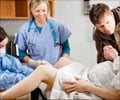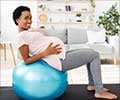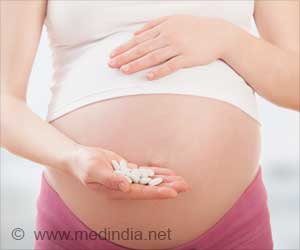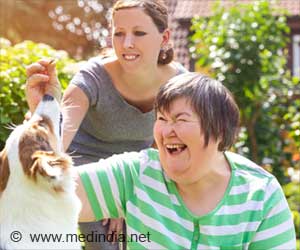Induction of labor does not increase the risk of autism according to a new study that refutes previous studies showing an association.
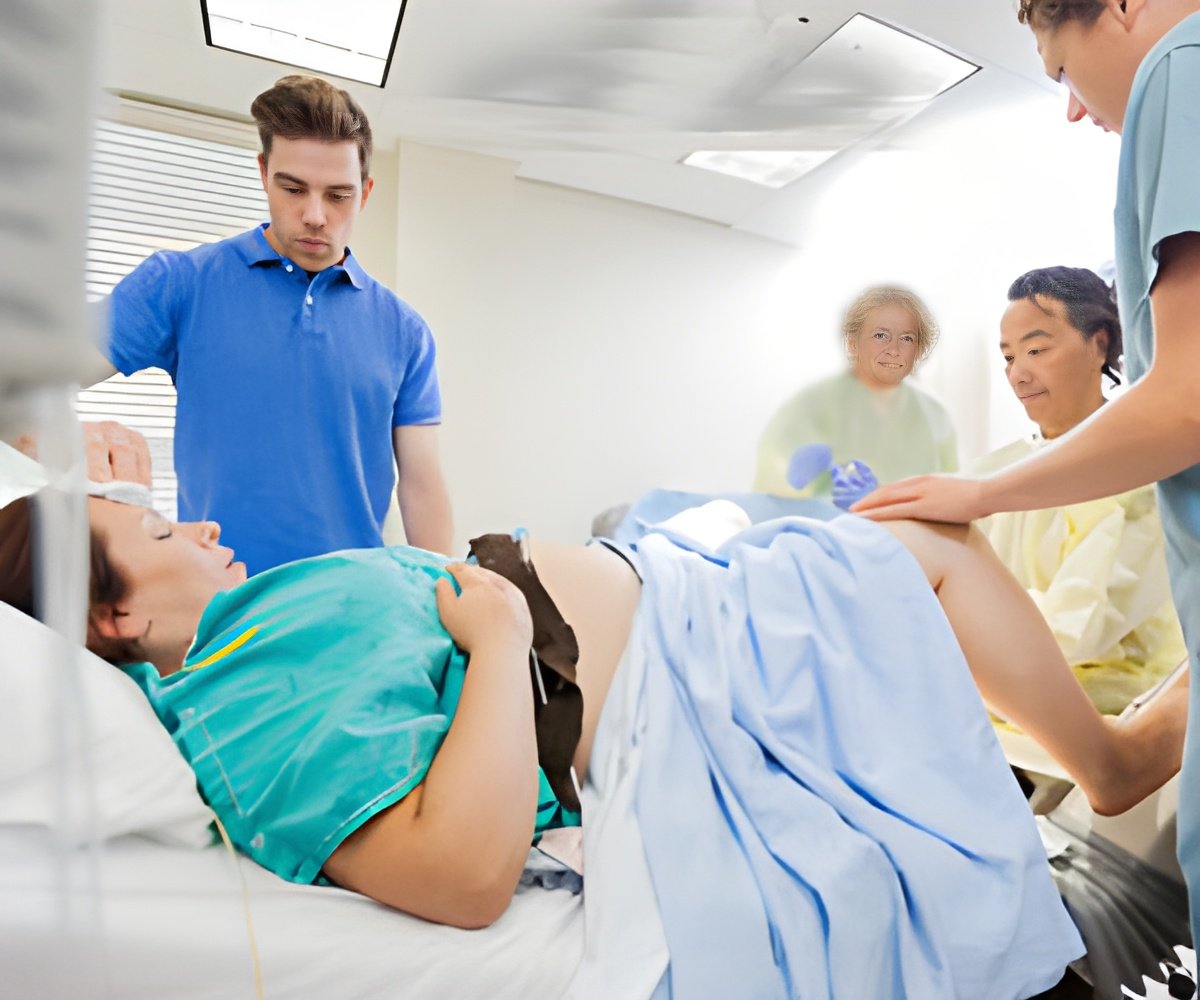
- Induced labor does not increase risk for autism spectrum disorders
- Risk of autism should not interfere with the decision to induce labor
- Language acquisition
- Behaviour repetitions
- Impairment in social interaction
- 1 in 68 children in the U.S is found to be affected with autism.
- 1 in 38 children in India is affected with autism.
- Boys are 4.5 times more likely to have autism than girls.
Doctors resort to inducing labor when labor does not start on its own and when waiting for natural labor could affect the health of the unborn child. The various methods of inducing labor are
- Cervical ripening
- Administration of oxytocin
- Rupturing the membrane
An earlier study by Simon G. Gregory and published in JAMA in 2013 carried out a population-based study on 625,042 births in North Carolina and their subsequent school records to ascertain if they had autism.
The study found that
- 1.3% of male children had autism
- 0.4% of female children had autism
The study gathered popularity as it hypothesized that eliminating induction of labor could remove 2 autism cases for every 1000 births.
The current study was carried out by Harvard Chan School researchers, Sweden's Karolinska Institute and Karolinska University Hospital, Indiana University and Harvard Medical University. They studied one million live births during the year 2013 and followed up the births by checking for the presence of neurological development disability.
- 2% of study population were diagnosed with autism
- 11% of the deliveries were induced,
with pregnancy complications that included
- Gestational hypertension
- Gestational diabetes
- Pre-eclampsia
- 23% of the induced labor cases were post term
Sibling Study
Researchers studied the effect of induced labor on siblings, where one child was born after inducing labor while the other child wasn’t. There was no association identified.
Dr Anna Sara Oberg who is the lead author of the study and a research fellow in the Department of Epidemiology at Harvard Chan School cautions that "It is important to note that the findings pertain to the risks associated with labor induction per se, and not the specific method or medication used in the process, including oxytocin,"
References:
- Anna Sara Oberg, Brian M. D’Onofrio, Martin E. Rickert, Sonia Hernandez-Diaz, Jeffrey L. Ecker, Catarina Almqvist, Henrik Larsson, Paul Lichtenstein, Brian T. Bateman. Association of Labor Induction With Offspring Risk of Autism Spectrum Disorders. JAMA Pediatrics, 2016; e160965 DOI: 10.1001/jamapediatrics.2016.0965
- Simon G. Gregory, Rebecca Anthopolos,Claire E. Osgood, Chad A. Grotegut, Marie Lynn Miranda. Association of Autism With Induced or Augmented Childbirth in North Carolina Birth Record (1990-1998) and Education Research (1997-2007) Databases. JAMA Pediatrics, 2013 DOI: 10.1001/jamapediatrics.2013.2904
- Autism in India - (http://www.autism-india.org/autism-india.php)



